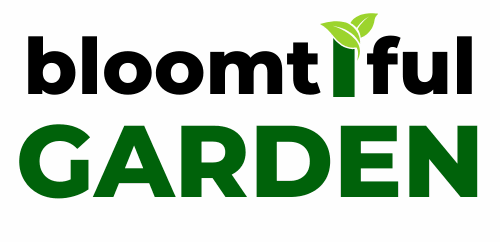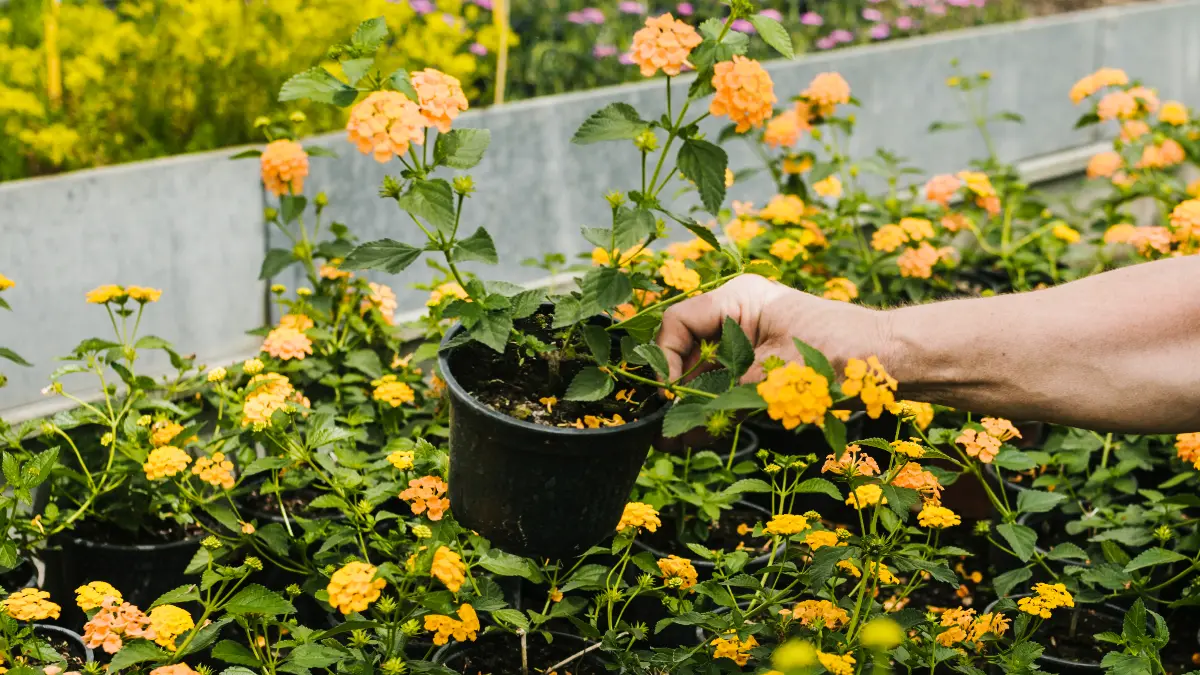Want more bees, butterflies, and blooms this year? Start with small, proven tweaks that turn any space into a pollinator magnet. Your yard, balcony pots, or shared verge can genuinely help—because most flowering plants and a big slice of our food rely on animal pollination.
The UN’s Food and Agriculture Organization notes that over 80% of flowering plant species and roughly 35% of global crop production depend on animal pollinators. That’s not abstract: it’s the difference between a few blooms and a living, buzzing ecosystem.
Here’s what you’ll get: 12 data-backed pollinator garden ideas with exact plant-selection steps, layout tips (like clumping and layering), season-long bloom planning, safer pest control that won’t undercut your efforts, and even lighting and mowing tweaks that matter more than most people think.
Each recommendation leans on current guidance from conservation scientists, university extensions, and horticultural institutes—so you’re not guessing or following outdated trends. We’ll keep the steps practical and local, emphasizing native plants for pollinators, a bee-friendly garden structure, and quick “do-it-this-week” actions you can implement right away.
Start With Native Plants in Your Ecoregion

Ecoregion-First Planting: A Quick Planner (2025-ready)
Use evidence-led picks and a simple 3-season structure to maximize nectar and pollen where you garden.
80%+ flowering plants rely on animal pollinators
About one-third of global crop production benefits from pollination—your plant choices matter.
10,000+ evidence-vetted pollinator plants
RHS “Plants for Pollinators” was expanded and reviewed in July 2025 for stronger, data-backed picks.
3 × seasons with ≥3 species each
Season-long bloom (spring–fall) prevents forage gaps for resident bees and butterflies.
1 Find your ecoregion
Use a ZIP-based tool to generate a local plant list (climate + soils + pollinator guilds).
2 Build the “3-per-season” backbone
Pick 3 natives for spring, 3 for summer, 3 for fall—then buy in multiples for clumping.
3 Favor singles over doubles
Simple, nectar-rich blooms beat highly “double”/sterile forms for actual pollinator use.
4 Cross-check your picks
Validate with a 2025-updated, expert-reviewed list to avoid pretty-but-empty flowers.
SPRING (early forage)
Willows/Maples (where native) Serviceberry PenstemonPrioritize nectar/pollen right as bees emerge.
SUMMER (peak flow)
Bee balm (Monarda) Coneflowers (Echinacea) Mountain mint (Pycnanthemum)Use clumps for efficient foraging and visual impact.
FALL (fuel for migration)
Asters (Symphyotrichum) Goldenrods (Solidago) Sunflowers (Helianthus)Late nectar helps bumblebee queens & migrating monarchs.
Design Principle: “Useful Pretty”
Single, nectar-rich flowers provide access to pollen/nectar; many highly “double” forms divert energy to petals and block access. Choose beauty that feeds your ecosystem.
This Week’s Micro-Action
- Generate your ecoregional list via ZIP; star 9 natives (3 per season).
- Buy plants in multiples; plan 3 ft-wide clumps of each species.
- Scan labels for “double/sterile”—prefer single forms advertised for pollinators.
“Aim for continuous bloom with at least three species per season to avoid forage gaps.” — Xerces Society guidance
Cross-check choices with the 2025 RHS Plants for Pollinators list for added confidence.
If you do just one thing, match your plants to your ecoregion. Use Pollinator Partnership’s ZIP-code tools to download a free ecoregional plant list tailored to your climate, soils, and local pollinator guilds. This immediately improves nectar/pollen timing and plant survival—no more guessing from generic “bee plant” lists. Then build a simple backbone: at least three native species blooming in spring, three in summer, and three in fall. That “three-per-season” rule from Xerces was designed to keep nectar and pollen available without gaps, even in small spaces.
When choosing species, prioritize single, nectar-rich flowers over highly bred “double” or sterile forms. The U.S. Forest Service warns that many modern doubles trade nectar and pollen for extra petals, which look gorgeous but feed no one. Finally, cross-check choices with the Royal Horticultural Society’s Plants for Pollinators, which underwent a major, scientist-led update in July 2025 and now lists 10,000+ evidence-vetted plants. That combination—local native lists + RHS vetting—gives you a reliable, up-to-date pollinator plant list that’s hard to beat.
Quick win this week: enter your ZIP, pick 9 natives (3 per season), and buy them in multiples of the same species for clumping later.
Plan Season-Long Bloom
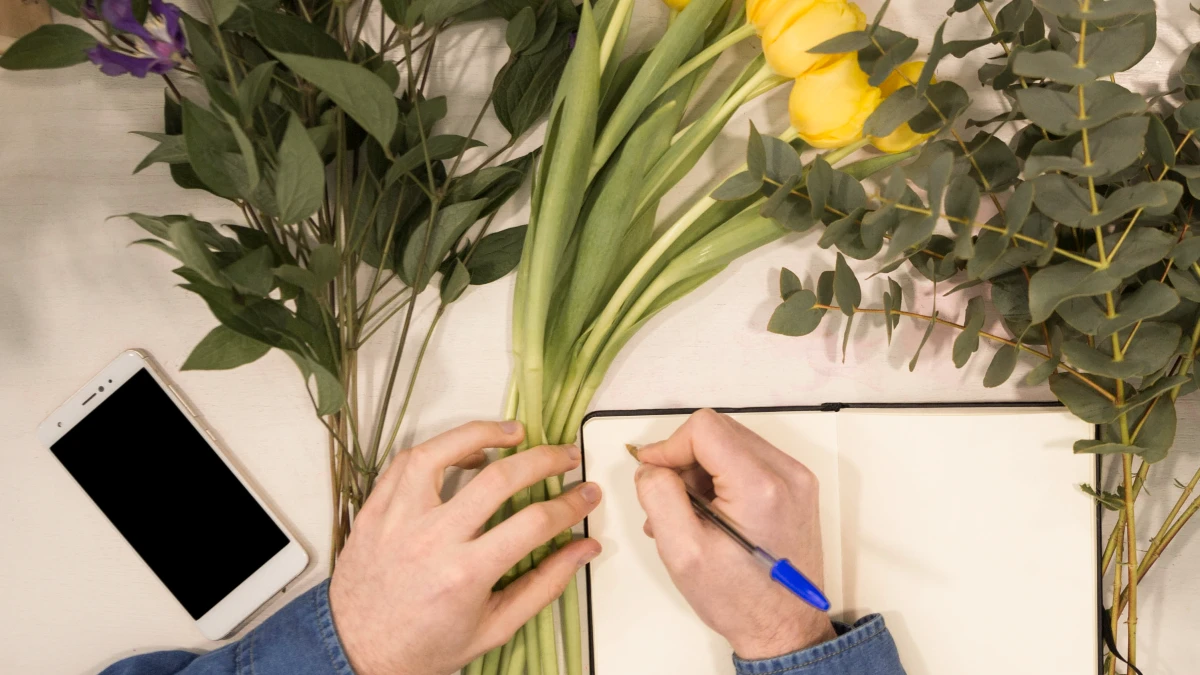
Audit your bloom months. Walk your space (or list your containers) and note what actually flowers each month. Xerces defines a harmful “gap in bloom” as two weeks with <10% of the area in bloom—precisely the kind of lull that can push resident pollinators to abandon your garden. Your goal: overlapping bloom from early spring through late fall.
Plant in visible clumps (not one-offs). Research-based guidance recommends clumps ~3 feet (≈1 m) in diameter of a single species so bees waste less energy searching and can load up efficiently. Translate that to home scale as 3–5 of the same plant together, repeated. It looks better, too.
Bridge the edges of the season. Add early tree/shrub bloom (e.g., willow or maple where native) and late workhorses like asters and goldenrods (choose native species for your region). Use your ecoregional guide to pick exact species and make sure spring, summer, and fall each have at least three reliable nectar sources. That “3×3” rule (three species per season, planted in 3-ft clumps) is a simple way to operationalize season-long bloom.
Quick win this week: sketch a bloom calendar for your garden; circle any month with few flowers and plug it with one native from your ZIP-code list.
Plant in Clumps and Layers
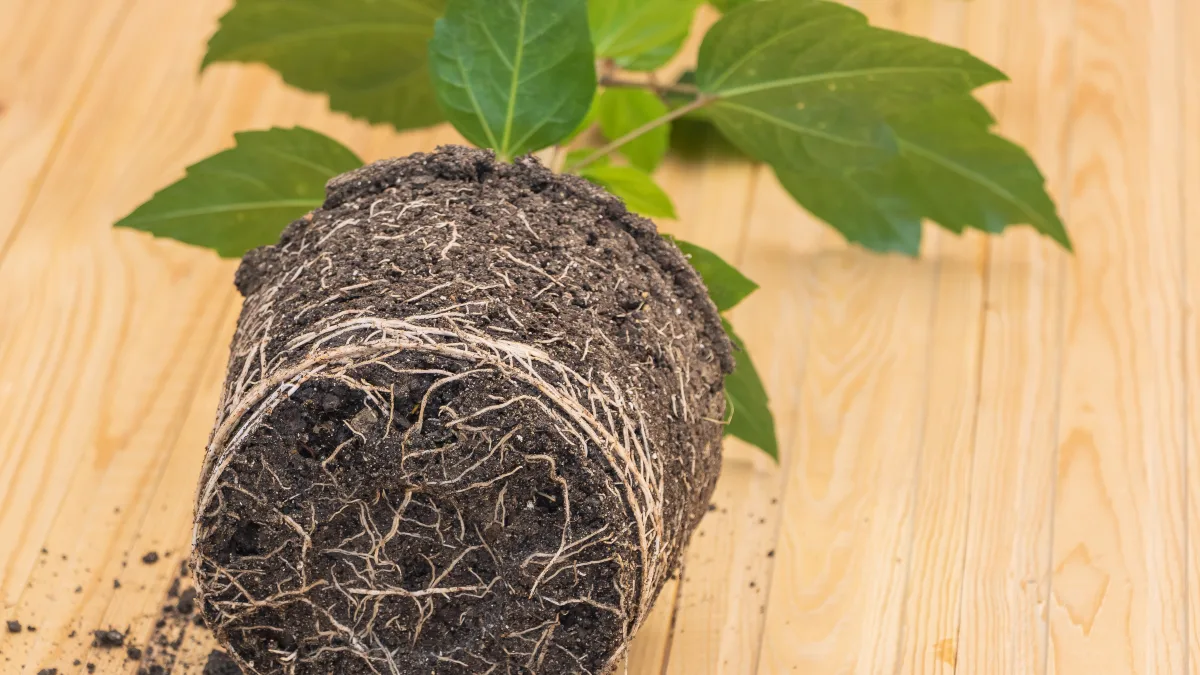
Think in layers: groundcovers at the base, perennials in the mid-story, then native shrubs and small trees to create a bee-friendly garden with structure, shelter, and big flushes of bloom. Xerces and the U.S. Forest Service emphasize layered plantings for nectar/pollen, nesting sites, and protection from wind and heat. Trees and shrubs aren’t just “nice”—they’re mass bloomers that stabilize forage.
For hedgerows or screen-lines, stagger two rows and use practical spacings: many Xerces/NRCS guides suggest woody shrubs on ~6–12-foot centers, with rows ~8 feet apart for a compact, manageable wildlife hedge. Wider sites can push spacing to fit mature size, but uniform spacing keeps maintenance simple. Underplant with wildflower drifts to feed pollinators while the shrubs size up.
Before you buy, glance at the RHS Plants for Pollinators list for shrub/tree candidates that are currently recommended after the 2025 scientific review (for example, pollinator-useful willows, lindens, and certain fruiting shrubs where native or non-invasive). Then purchase in multiples to form those efficient 3-ft clumps at the front of the hedge.
Quick win this week: mark a 10–16-ft-long hedge run; plan two staggered rows; select three native shrubs from your regional list and one small tree to anchor the center.
Give Ground-Nesting Bees Bare Soil Access
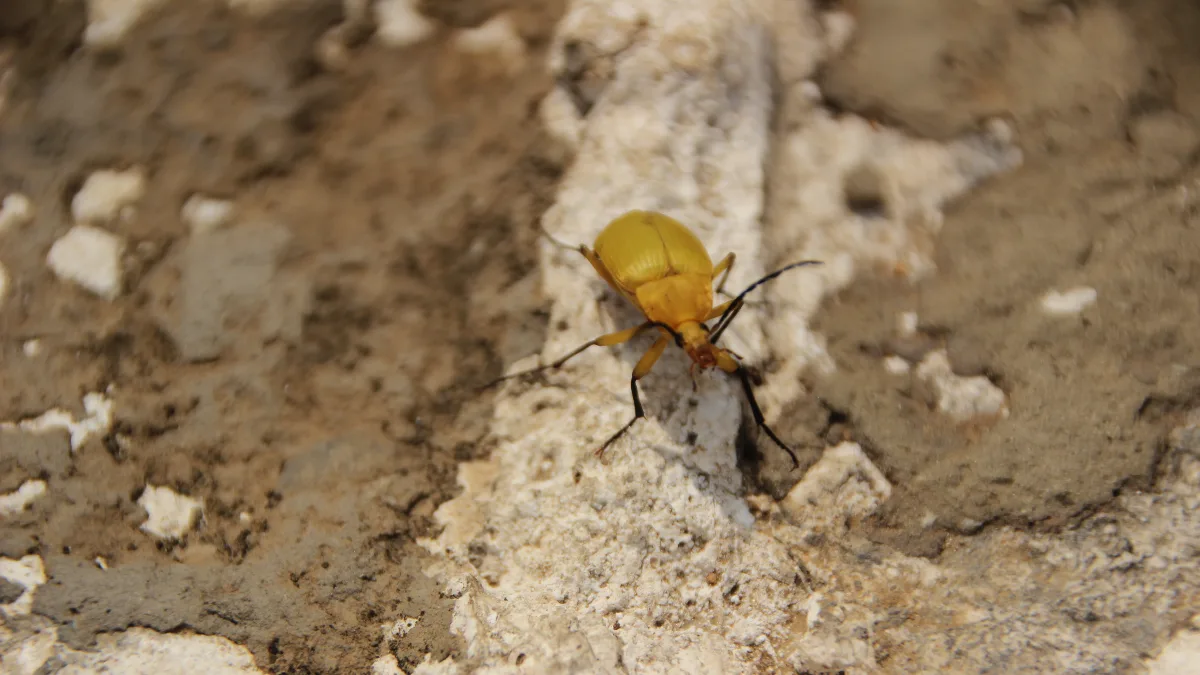
Most native bees are ground-nesting bees—about 70% of U.S. species tunnel into sunny, well-drained, undisturbed soil. If every inch is mulched or covered, you’ve removed their front doors. Dedicate at least one 3×3-ft patch per 200 sq ft of garden as open soil: scrape off mulch, keep it weed-free by hand, and let it warm in full sun. Where you need mulch, use it sparingly and pull it back from these patches so bees can dig. The Xerces Society also cautions that cedar/colored wood chips and heavy layers can block or degrade bee habitat—go light, and favor composted leaf mulch elsewhere.
Skip landscape fabric, plastic sheeting, and routine tilling in any bee habitat zone—they create an impenetrable barrier and collapse tunnels. If you must suppress weeds, try shallow hand-weeding or sheet-mulch only between nesting patches. Keep turf short around the bare spot so spring sun hits the soil. Mark the area with a small “bee habitat” tag so helpers don’t re-mulch it by mistake.
Save Stems & Leaves Through Winter
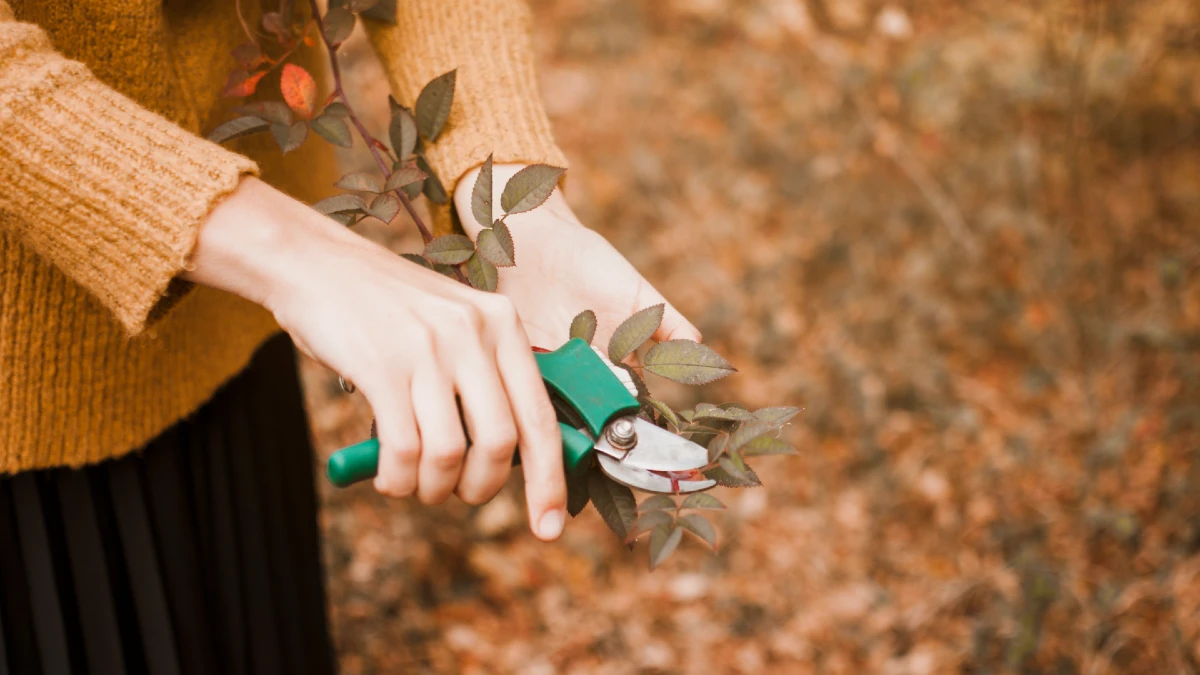
Resist the autumn cleanup. Many solitary bees nest in last year’s hollow or pithy stems. The simple rule from Xerces and botanic gardens is: cut some perennials to leave 18–24 inches of stem and leave others standing. Those cut, open ends become nest cavities next spring; new growth hides the “stubble” by early summer. Matthaei Botanical Gardens and Xerces recommend a mix of heights (8–24 in.) so different bee sizes can use them.
Leaves matter too. Most butterflies and moths overwinter in leaf litter (as eggs, pupae, or adults), so “leave the leaves” where you can, and if you must move them, tuck them under shrubs and beds until late spring cleanup. A practical timing, backed by recent Extension guidance, is to do major stem trimming in winter (after first frost) and delay raking until consistent warm-ups so you don’t evict developing insects. Consider a friendly sign—“Excuse our mess—pollinators at rest”—a tactic Master Gardeners use to educate neighbors.
Offer Safe Water: Bee Baths & Butterfly Puddles
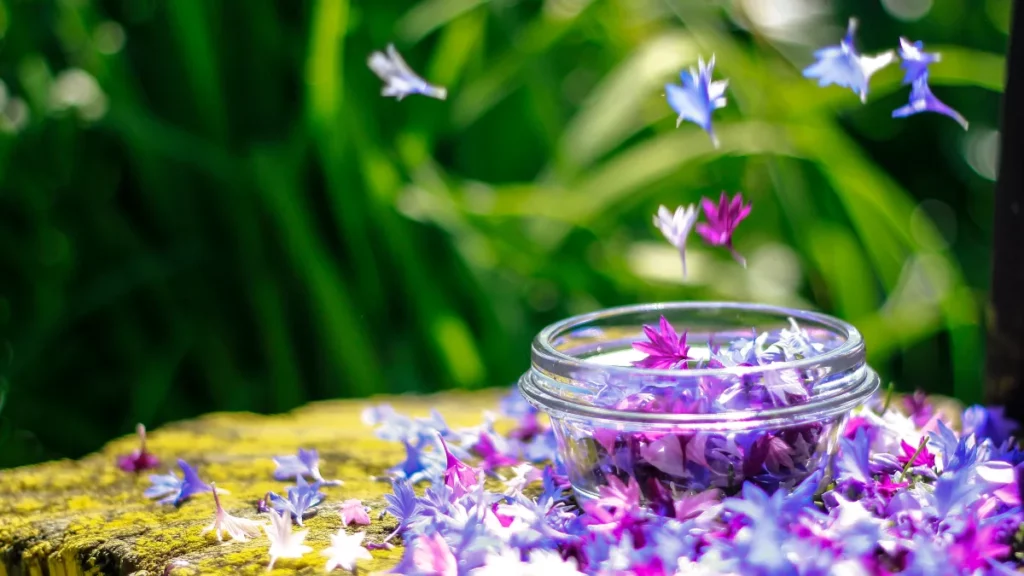
Pollinators need shallow, stable access to water and minerals—not sugar water. Set a dish 1–2 inches deep with pebbles or marbles so bees can land, and refresh every 2–3 days to deter mosquitoes and algae. Place near flowers but out of sprinkler spray, and rinse the stones weekly. Do not add sugar or honey—beekeeping programs warn that open sugar/honey spreads disease and triggers robbing; wild bees need clean water, not syrup.
For butterflies, build a puddling station: fill a wide saucer with sand/soil, moisten to muddy consistency, and mix in a pinch of salt or a spoon of finished compost for trace minerals. Set a few flat rocks half-submerged as perches and top up water as it evaporates. Penn State Extension and University of Georgia Extension both outline this low-cost setup—perfect for patios.
Mow Less & Shrink the Lawn
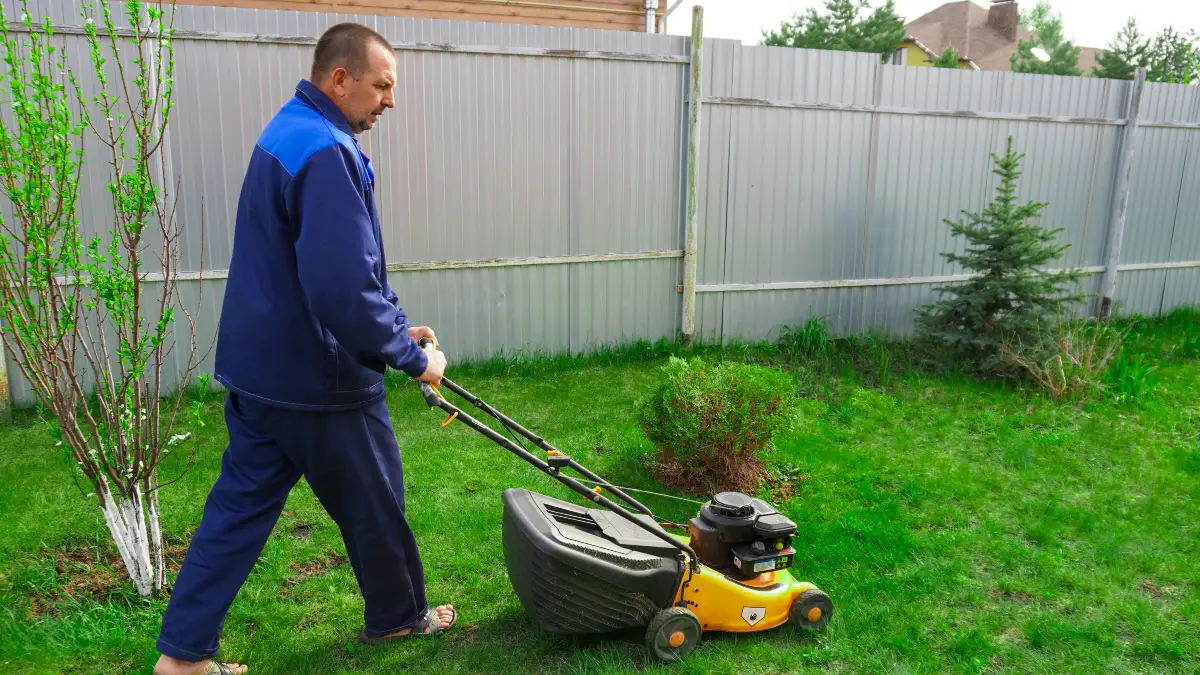
A pollinator lawn isn’t a meadow—but mowing less can make it a useful food stop. In a U.S. Forest Service study of suburban yards, lawns cut every three weeks produced ~2.5× more flowers, while every two weeks supported the highest bee abundance—a practical “low-mow” sweet spot many households can follow. Raise your mower height, skip herbicides on blooming clover/violets, and leave a few unmown pockets along edges.
Cities and universities now promote “Low-Mow Spring” (or reduced-mow schedules year-round) rather than a one-month trend. UNH Extension suggests mowing every other week, and even leaving a small area unmown all season to boost forage—then converting those edges or hell-strips into native drifts using your ecoregional guide. Add a sidebar noting that “No Mow May” outcomes vary: some studies report more bees; others warn about weed pressure/turf decline—so sustained, right-sized mowing and planting native edges beats one-time pauses.
Quick wins this week: set your mower to every 14–21 days, keep a 3×3-ft unmown patch, and outline your first native edge bed where turf struggles.
Use Night-Friendly Lighting
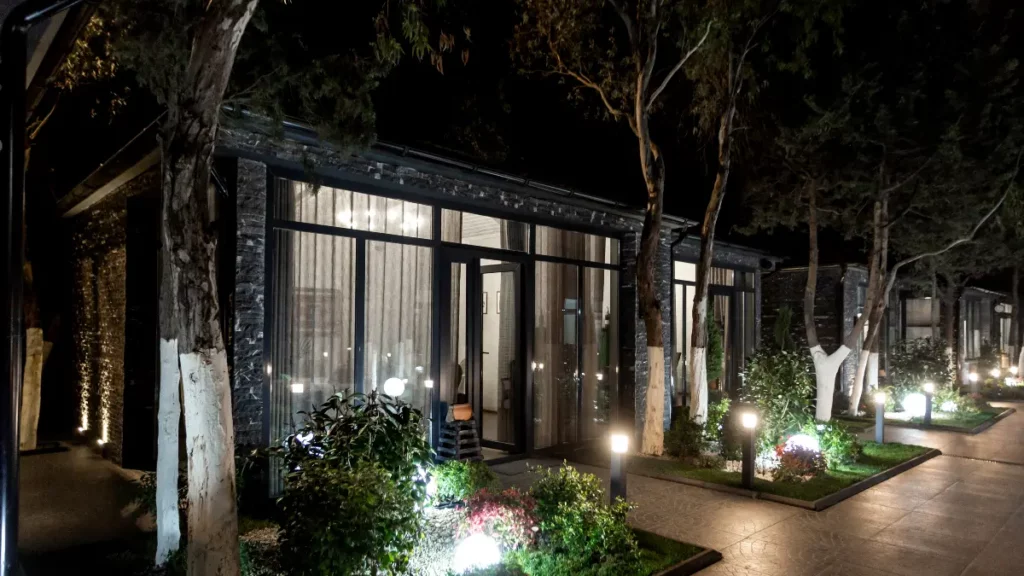
Night pollinators keep gardens productive after dusk, but garden lighting can derail them. In a Swiss field study (Knop et al.), experimental LED streetlights cut nocturnal insect visits by ~62% and reduced fruit set by ~13% on a focal plant—clear evidence that excess light can mute nighttime pollination. Name of the game: control spectrum, direction, and time.
Follow U.S. Fish & Wildlife Service guidance: swap to warm bulbs (≤3000 K), use fully shielded fixtures, and put lights on motion sensors or timers so they’re off when not needed. Keep any necessary lights low, close, and dim—and site them away from bloom patches so they don’t draw moths off flowers. Consider planting a small moon garden—pale, evening-scented natives that feed night pollinators like hawk moths while you enjoy the view.
Context matters: recent reporting highlighted how all-night streetlights toughen tree leaves and reduce insect feeding, adding another stressor on already declining nocturnal invertebrates. Cutting unnecessary light is a fast, low-cost win for wildlife and your harvest.
Go Pesticide-Light With IPM

The most bee-safe pest control is Integrated Pest Management (IPM): prevent first, monitor, and only intervene when thresholds warrant it. University and NCIPM materials recommend basics that work in home gardens—diverse plantings, sanitation, pruning, knocking pests off with water, hand removal, traps, and fostering natural enemies. If you must spray, treat at dawn or after dusk (when bees aren’t flying), target the pest, and avoid open blooms.
When choosing a product, check the label and independent ratings. UC IPM’s Bee Precaution tables flag active ingredients by risk to bees; EPA bee advisory boxes on labels highlight exposure hazards and timing restrictions. Respect the label as a legal document—then go one step safer if UC IPM suggests it.
Skip systemic insecticides on ornamentals and “pollinator plants.” Xerces’ database shows actives like imidacloprid can persist in plant tissues and nectar/pollen for months, posing high oral toxicity to bees. Choose non-systemic, spot-applied options only when necessary, and never on plants in bloom.
Policy is shifting toward protection: California ended retail sales of outdoor neonics to consumers effective Jan 1, 2025; other states are tightening use, and EPA in 2025 paused approvals of new outdoor neonic uses pending updated risk reviews. Advocacy groups track additional state restrictions and roadside habitat policies trending pollinator-friendly.
One more myth-bust: “Organic” doesn’t always mean bee-safe—garden educators and Xerces experts note that spinosad and pyrethrins can be highly toxic to bees on contact when wet. Use sparingly, at off-forage times, and only as a last step in your avoid pesticides for bees plan.
Let Edibles and Herbs Help
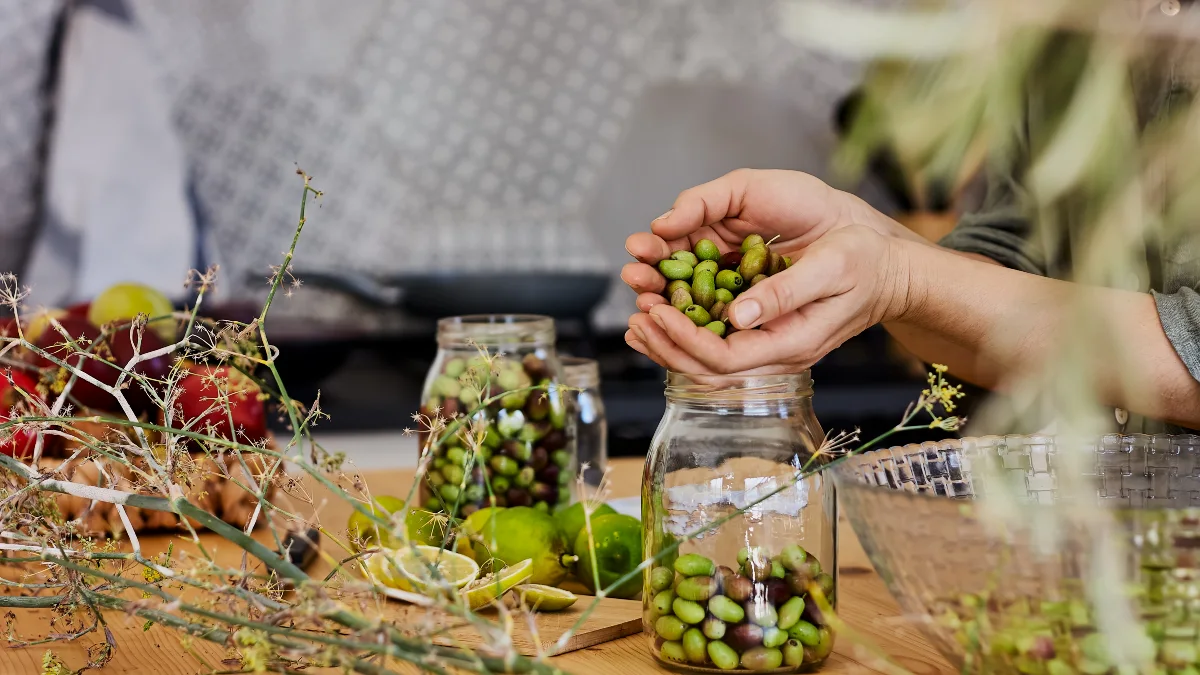
Your edible pollinator garden can feed you and the insects. The Xerces Society advises planting bee-pollinated crops (squash, tomatoes) and intentionally letting some cool-season edibles and herbs bolt—think lettuce, mustard, cilantro, dill—to bridge bloom gaps with nectar and pollen. Mediterranean bee-friendly herbs (thyme, oregano, basil, chives) flower for weeks and draw a wide cast of bees and beneficial flies.
Design for efficiency, not randomness: plant repeat clumps so pollinators spend less energy finding the same flower. Technical notes used by NRCS and USFS suggest clumps about 3 ft (≈1 m) across to speed foraging and boost visitation—perfect scale for raised beds or border pockets.
Quick recipe: one 4×8 bed with two 3×3 ft drifts—front drift of thyme + chives, back drift of basil + dill—and let one plant in each patch flower freely after harvests begin. You’ll see hoverflies and small native bees move in almost immediately.
Pick High-Performing, Verified Plant Lists
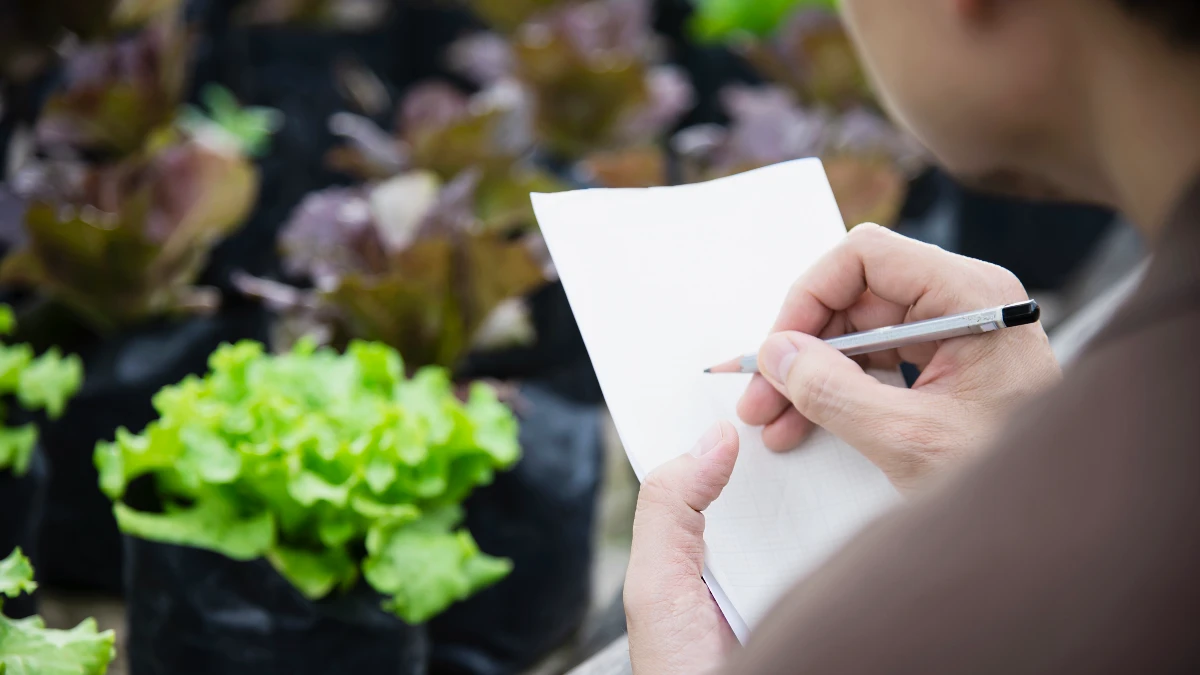
Not all plant tags are equal. In July 2025, the Royal Horticultural Society relaunched Plants for Pollinators after a multi-year scientific review—now featuring 10,000+ evidence-vetted plants and an active monitoring program using FIT Counts to keep the list responsive to real-world pollinator use. That means you can choose ornamentals with more confidence that they deliver nectar and pollen across seasons.
Layer local specialization on top: for monarchs, pair region-appropriate milkweeds with strong nectar plants from Xerces’ Monarch Nectar Plant Guides and use their Milkweed Seed Finder to source natives. For small spaces or first projects, the National Park Service (and Pollinator Partnership) publish ready-to-plant 3×6-ft “recipe cards” with sequenced bloom and simple layouts—ideal templates you can scale up.
Field observations continue to spotlight high-performers (e.g., crimson clover, tree germander in UK monitoring), and the RHS review folds such findings into updates. Keep your pollinator plant list dynamic: refresh choices yearly with the RHS list plus a regional milkweed/nectar set for butterfly garden plants, and you’ll maintain season-long resources with minimal guesswork.
Seed Mixes That Actually Bloom
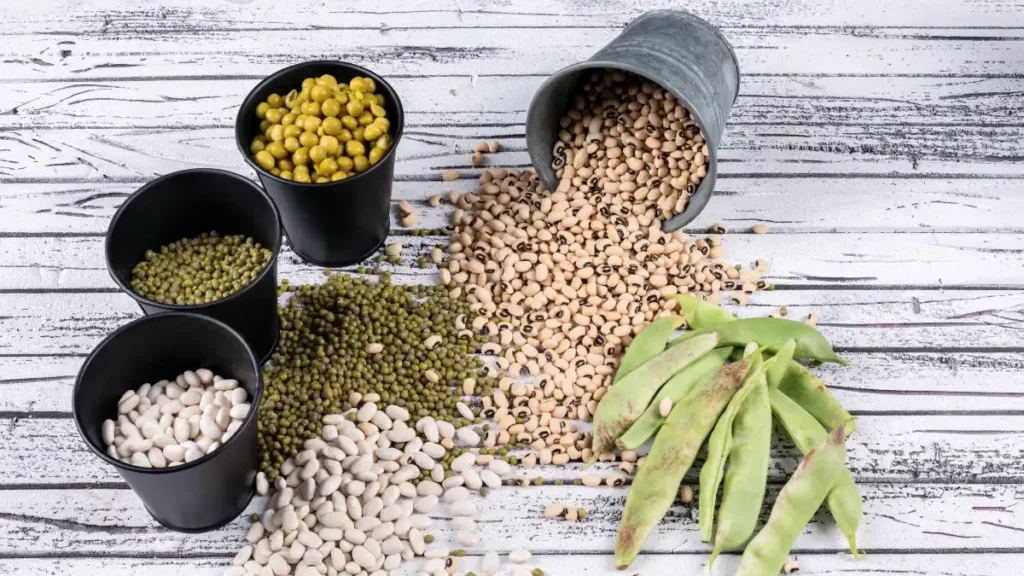
Most “wildflower” packs disappoint because they skimp on diversity and prep. Use agency-style guidance: choose mixes with ≥3 nectar plants per season, and in many regions 9+ forb species (more is better) with some native bunchgrasses for structure. State habitat programs and NRCS notes repeatedly recommend forb-heavy mixes, with grasses ≤10–25% so flowers don’t get smothered.
Mind the forb:grass ratio and weed control windows. NRCS Plant Materials tech notes advise ≤25% bunch grasses to keep forbs dominant and to maintain open ground for ground-nesting bees. Schedule real site preparation—smother or control weeds first; delay seeding if pressure is high; and use the correct seed carrier (e.g., clean sand or rice hulls) to ensure even distribution. Several 2024–2025 NRCS enhancements explicitly tie success to timing, pre-plant weed suppression, and establishment benchmarks.
Set clear outcomes and manage toward them. Xerces guidance suggests a practical goal for a pollinator meadow: bloom across the growing season and <25% weedy cover with no problem species—then adjust mowing or spot weeding to hold that line. Evaluate annually, overseed thin spots with missing bloom seasons, and tweak grass proportion if flowers fade.
Quick start: order a region-specific, forb-heavy wildflower seed mix, prep for 4–6 weeks, seed just before reliable fall rains (or late winter in cold climates), and mow high in year one to curb annual weeds.
Conclusion
If you do nothing else from these pollinator garden ideas: plant region-native clumps that span spring-to-fall bloom, leave stems/leaves over winter, offer shallow water, dim or time your night lights, and use IPM instead of routine spraying. These are the biggest, most cost-effective levers recommended by USDA/USFS, Xerces, U.S. Fish & Wildlife Service, and RHS—and they work in any size space, from balcony boxes to full yards.
Your next steps this month: download your ZIP-code plant list; pick nine natives (three per season); set mower to every 14–21 days; convert one lawn strip to a 3×6-ft native bed; and audit porch lights for ≤3000 K bulbs plus timers. Small, deliberate moves—stacked together—deliver big habitat gains for native plants for pollinators and for you.
